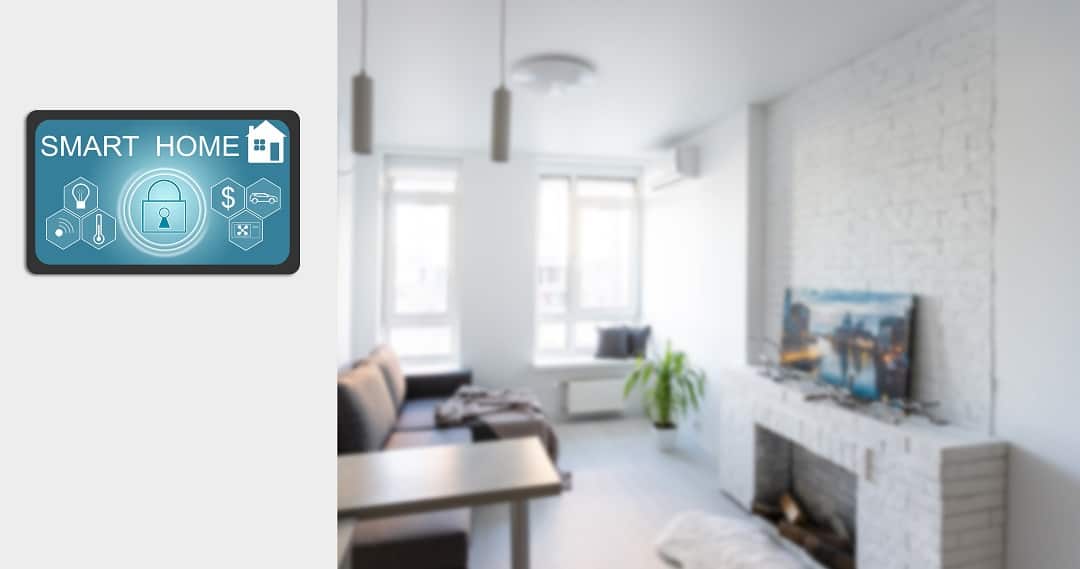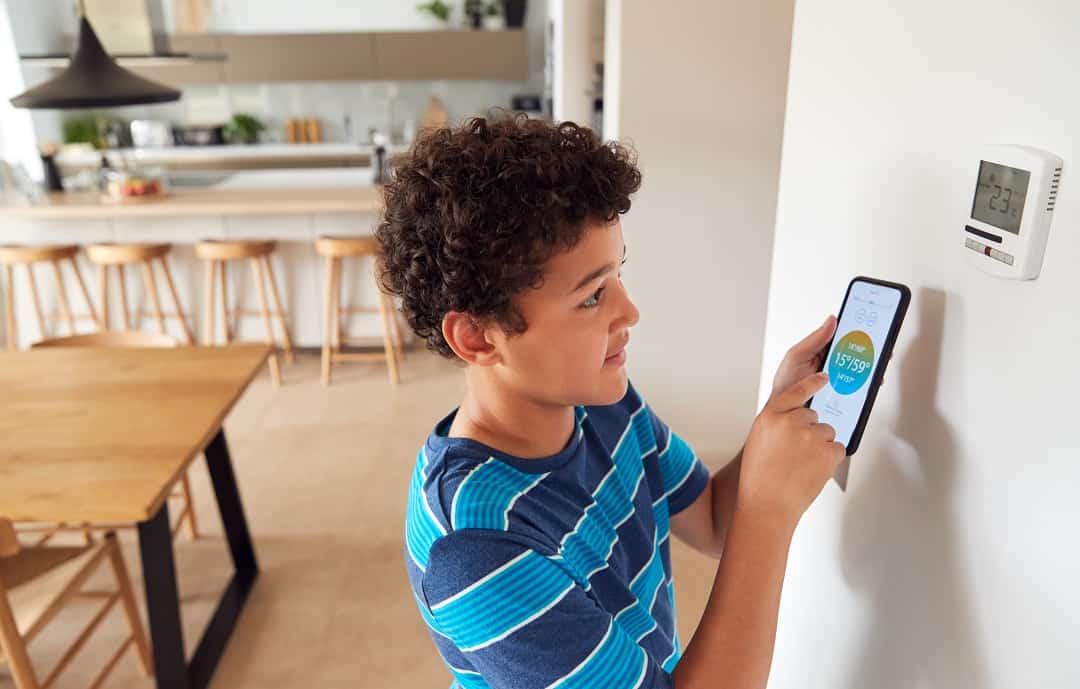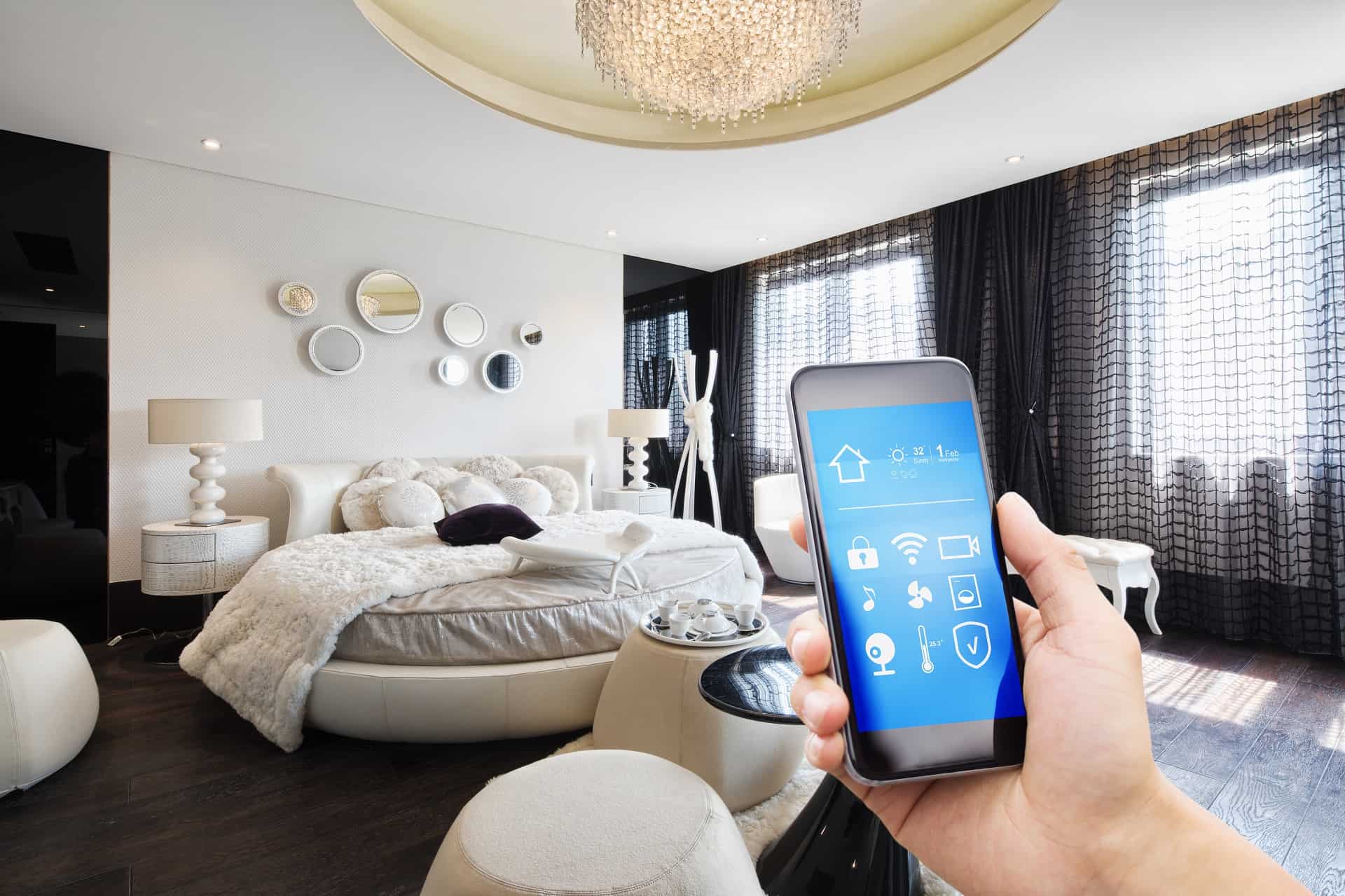Wondering how to use Z-wave devices in a smart home? Then you’re in the right place. In this post, we’ll dive deep into the world of Z-wave technology and explore how it can revolutionize the way you control and automate your home. Whether you’re a tech-savvy homeowner or just starting to dip your toes into the world of smart home devices, this guide will provide you with the necessary knowledge and tips to unlock the full potential of Z-wave devices.
What is Z-wave technology?
Z-wave is a wireless communication protocol specially designed for home automation. It allows various smart devices to communicate with each other and with a central hub or controller, creating a seamless and integrated smart home system. Unlike other wireless technologies, Z-wave operates on a mesh network, meaning each device acts as a signal repeater, increasing the overall range and reliability of the network. This technology operates on a low frequency, which helps to minimize interference from other wireless devices in your home. Z-wave also takes less energy to use, meaning it’s great for battery powered smart devices like sensors and door locks.
Setting up Z-wave devices in a smart home
Setting up Z-wave devices in a smart home is a straightforward process that allows you to control various aspects of your home with ease. To get started, you will need to choose your Z-wave devices. We recommend starting with a Z-wave controller, or hub, as you’ll need this to connect all of your devices to. If you are an Alexa, Google, or Apple home, make sure that you choose a Z-wave hub that is compatible with your smart assistant of choice. Not all Z-wave hubs are compatible with all smart home assistants, so making sure you get one that works with your chosen provider is critical.
Once you have selected your Z-wave hub, it’s time to pick the rest of your devices. Z-wave is a proprietary technology, meaning that the standards for the protocol are licensed and any devices that have Z-wave need to pay to use it. This is great news for you as a consumer, as it means that these devices all should be compatible. Picking devices that are compatible can sometimes be a hassle, even with standards ( just look at how different browsers can render HTML, which is a well known standard ). Most Z-wave devices are designed to be easily installed by the user, without the need for professional assistance. For those not comfortable with electrical wiring, it might be best to stick to outlets and light bulbs or to hire out the work to a handyman. Simply follow the manufacturer’s instructions to connect the devices to your existing electrical or electronic systems.
After installing the Z-wave devices, you will need to pair them with your Z-wave compatible smart home hub you picked out. This is a fairly straight forward process, just be sure to follow the manufacture’s instructions. Each new device should be added, following the devices directions. If you haven’t paired your Z-wave hub with your smart home assistant, you should do that now too.
Once your Z-wave devices are paired with the smart home hub, you can customize and control them using a dedicated app or a web-based interface. This enables you to create schedules, set up automation rules, and monitor the status of your Z-wave devices from anywhere, at any time. And once your hub is paired to your smart home assistant, you should be able to use voice to control your devices.
FAQ
What are the advantages of using Z-wave devices in a smart home?
There are multiple advantages of using Z-wave in a smart home. Some of these are:
- increased reliability from the mesh network
- keeping your device traffic off your computer network
- lower power consumption than wi-fi
- easy to pair with a Z-wave hub
Are Z-wave devices easy to use and control?
Yes, Z-Wave devices are incredibly easy to use and control. Once you have set up your Z-Wave network, controlling your devices is a breeze. Most Z-Wave devices can be controlled through a central hub or a smart phone app, allowing you to effortlessly manage all your devices from one place. They are usually also compatible with the major smart home voice assistants ( Amazon Alexa, Google Home, and Apple HomeKit ).
Can Z-wave devices be integrated with other smart home devices and platforms?
If your Z-wave hub and other smart home devices all connect through a central smart home assistant, then it is relatively easy to integrate your Z-wave devices with other smart home devices.
What types of Zwave devices are available for different needs in a smart home?
There are a wide variety of Z-Wave products available for a smart home. Whether you’re looking to control lighting, security systems, heating and cooling, or even manage energy consumption, there is a Z-Wave device designed for that purpose. For lighting control, you can find Z-Wave dimmers, light switches, and even light bulbs that can be wirelessly controlled. If security is a priority, Z-Wave door/window sensors, motion detectors, and smart locks can enhance your home’s safety. For climate control, Z-Wave thermostats allow you to remotely manage your home’s temperature. Additionally, Z-Wave smart plugs and energy monitoring devices offer the ability to monitor and manage energy usage. With such a range of different devices, you can easily customize and create a smart home that meets your specific needs.
How reliable is Z-wave technology in terms of connectivity and performance?
Z-Wave technology is highly reliable when it comes to connectivity and performance. With its mesh network structure, Z-Wave devices create a strong and reliable wireless connection by leveraging multiple devices to transmit signals. In general, the more z-wave devices you have, the more reliable this network is since each connected device can connect other devices and transmit data. This ensures that even if one device is out of range, the signal can be relayed through a different z-wave node, improving the overall connectivity and reducing the chances of signal dropouts. Additionally, Z-Wave operates on a low-frequency band, which means it is less susceptible to interference from other wireless devices in your home. This makes it a dependable choice for creating a robust and stable smart home network.
Can Z-wave devices be incorporated into a voice controlled smart home system?
Yes, Z-Wave devices can absolutely be incorporated into a voice-controlled smart home system. With the rise of virtual assistants like Amazon Alexa and Google Assistant, integrating Z-Wave devices into your voice-controlled setup is easier than ever. By connecting your Z-Wave hub or controller to your voice assistant, you can control your Z-Wave devices using simple voice commands. Whether it’s turning on the lights, adjusting the thermostat, or locking the doors, you can enjoy the convenience of hands-free control with a voice-controlled smart home system. Just make sure the Z-Wave devices you choose are compatible with your voice assistant and follow the necessary setup instructions to link them together.
Are Z-wave devices energy efficient and ecofriendly?
Yes, Z-Wave devices are energy efficient and eco-friendly. Z-Wave technology uses low-energy radio waves to communicate between devices, which means that they consume very little energy compared to traditional devices. This not only helps to reduce your electricity bills, but also minimizes your carbon footprint. Additionally, Z-Wave devices are designed to be energy efficient, with features such as sleep modes and power-saving functions. This ensures that they only use power when necessary, further contributing to their eco-friendliness. So, you can enjoy the convenience of a smart home without worrying about excessive energy consumption or harming the environment.
In Summary
Thank you so much for taking the time to read our guide on how to use Z-wave devices in a smart home. We hope that you found this post helpful and that it provided you with a deeper understanding of the potential of Z-wave technology. By incorporating Z-wave devices into your smart home setup, you can enjoy seamless automation, increased security, and enhanced convenience.




